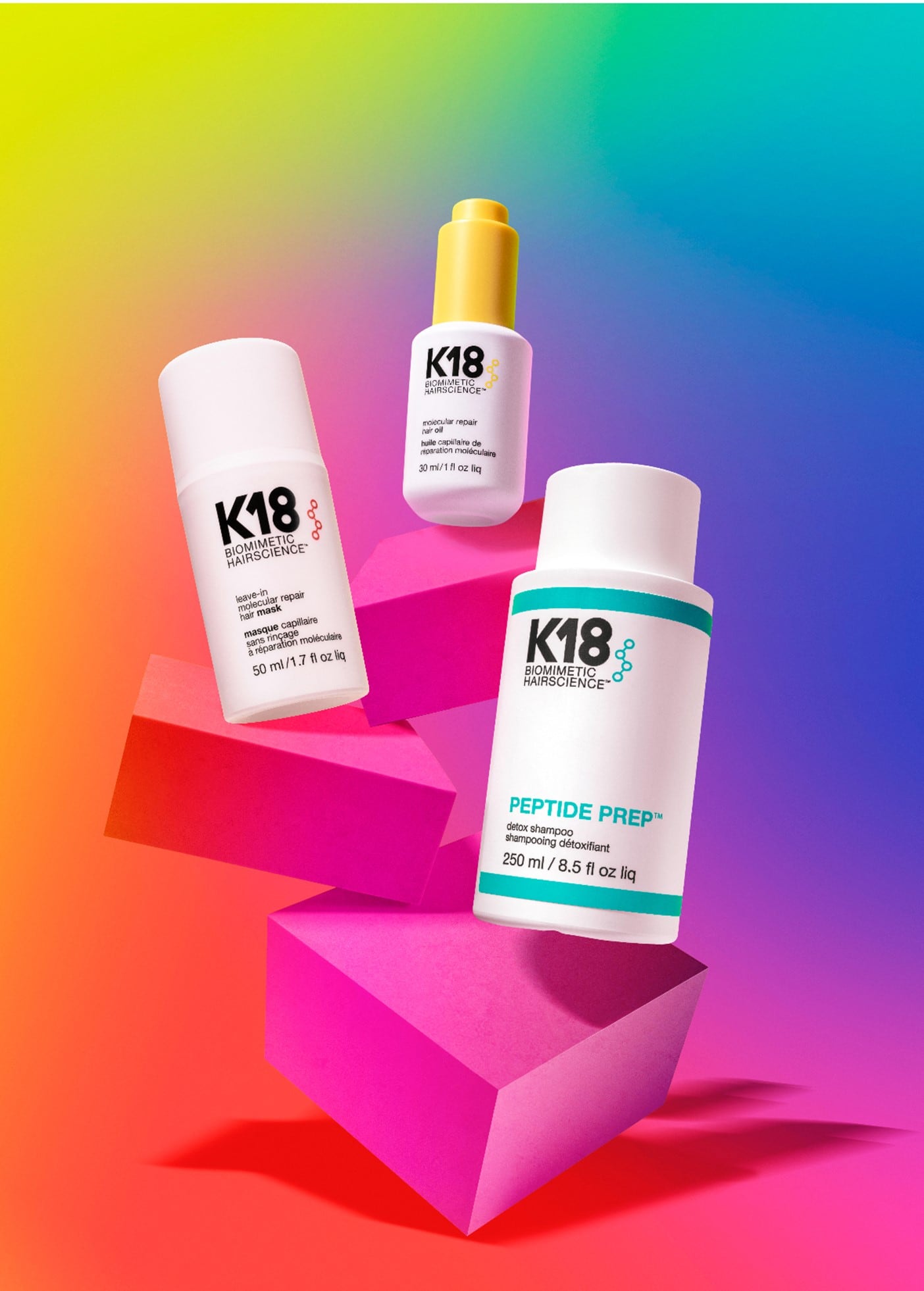The latest on the EU’s PPWR
In 2024, new packaging rules are set to come into force in the EU. The EU Packaging and Packaging Waste Regulation (PPWR), which aims at reducing packaging pollution and building a circular economy for packaging, has an overall objective to ensure all packs are designed for recycling by January 1st, 2030, and recyclable five years later.
In November, as part of its plan to tackle constantly growing waste and boost reuse and recycling, the European Parliament voted to reduce packaging, restrict certain types of packaging and ban the use of 'forever chemicals' in cosmetics and personal care packaging, with 426 MEPs voting in favour, 125 against and 74 abstentions.
The regulation now proposes:
- Targets to reduce packaging by 5% by 2030, 10% by 2035 and 15% by 2040, and MEPs have also called to reduce plastic packaging by 10% by 2030, 15% by 2035 and 20% by 2040.
- A ban on lightweight plastic carrier bags (below 15 microns), unless required for hygiene reasons or provided as primary packaging for loose food to help prevent food wastage.
- Heavy restrictions on the use of certain single use packaging formats, such as hotel miniature packaging for beauty and personal care products.
- A ban on “forever chemicals” (per- and polyfluorinated alkyl substances or PFASs) and Bisphenol A in food contact packaging.
- All packaging should be recyclable, fulfilling strict criteria to be defined through secondary legislation. Certain temporary exemptions are foreseen, for example for wood and wax food packaging.
- That 90% of materials contained in packaging (plastic, wood, ferrous metals, aluminium, glass, paper and cardboard) is collected separately by 2029.
The latest on the UK’s Extended Producer Responsibility (EPR)
Meanwhile, over in the UK there is a similar sustainable packaging initiative Extended Producer Responsibility (EPR), which has been delayed but is still set to be in force in October 2025. Under these regulations, the financial contribution will need to be paid by brands for packaging they put on the market to cover the cost of collecting, sorting, and recycling.
While it appears that FMCG companies have been given plenty of time to prepare, the clock is ticking. Beauty consumers’ appetite for new innovations and a constant flux of new and improved formulas are presenting a huge challenge when it comes to packaging sustainability. We spoke to various experts about what beauty brands and packaging companies need to know about this.
The statement said: “This update reflects that, and also explains that other timescales have not changed – producers still have to report packaging data for 2023.”
New EU Skin care ingredient usage updates
Upcoming EU regulation designed to boost safety and transparency in skin care and personal care is set to impact the usage of various hero ingredients.
Ingredients affected include:
- Kojic Acid, which can now only be used at 1% in face and hand products; Genistein, which will now be restricted to concentrations of 0.007%; and Daidzein, which is now limited to 0.02%. The non-compliant products must be removed from the market by Q2 2025 and the compliant product must be placed on the market by Q3 2024.
- UV filter 4-Methylbenzylidene Camphor is now banned from cosmetics due to potential health risks and all non-compliant products must be removed from the market by Q4 2025.
- Alpha-Arbutin can only be used up to 2% in face creams and 0.5% in body lotions, while Arbutin can only be used up to 7% in face creams. Compliant products must be placed on the market by around the third quarter of 2024 and non-compliant products must be removed by around the second quarter of 2025.
- Restrictions on concentrations for Vitamin A compounds (eg Retinol, Retinyl Acetate, Retinyl Palmitate) in cosmetics. The limit will be 0.05% for body lotions and 0.3% for other leave-on and rinse-off products. Plus, products that feature these ingredients must include a label stating: “Contains Vitamin A-related compounds, which contribute to your daily intake of Vitamin A.”
- The deadlines are set to be: 18 months for placing a compliant product on the market (Q2 2025); 36 months for removing non-compliant product from the market (Q4 2026)
- Triclocarban use is now limited to 0.2% in all cosmetic products, apart from mouthwashes. While Triclosan is limited to 0.3% in toothpastes, soaps, shower gels, deodorants (excluding sprays), face powders, blemish correctors, and nail products used to clean before applying artificial nails. Both ingredients are banned from being used in children’s toothpaste (for kids under six years old) Compliant products must be placed on the market by the third quarter of 2024, non-compliant products must be removed by Q2 2025.
The microplastics ban (AKA 'glitter ban') in Europe
This autumn, the EU shared new guidelines that will impact the sale of beauty products that contain glitter.
The Commission Regulation (EU) 2023/2055, which restricts the use of synthetic polymer microparticles on their own or intentionally added to mixtures, (also known as 'the microplastics restriction') now applies, as of 17th October 2023.
The microplastics restriction concerns synthetic polymer microparticles (known as 'microplastics') on their own or intentionally added to mixtures.
The sale of cosmetics that contain glitter made from non-biodegradable, insoluble plastic has been banned from sale in the European Union (EU).
The EU has stated that the “purpose is not to ban all glitter but replace plastic glitter with more environmentally friendly glitter that does not pollute our oceans.”
It also said that products already on retailers’ shelves or in suppliers’ stocks can continue being sold until stocks run out. And biodegradable, soluble, natural or inorganic glitter is not considered to be a microplastic and can continue being sold.
Glitter used in cosmetics, even loose glitter for use as a cosmetic product, can continue being sold until the end of the following transitional periods:
- 16th October 2027 included, for rinse-off cosmetics.
- 16th October 2029 included, for leave-on cosmetics.
- 16th October 2035 included, for make-up, lip and nail cosmetics. And from 17 October 2031 until 16 October 2035, makeup, lip and nail products will need to bear a label to clearly indicate that they contain microplastics to continue to be sold.
Animal testing in the EU & REACH chemical regulations
The European Commission has introduced a new roadmap to protect and strengthen the cosmetics animal testing ban after it was presented with the European Citizens' Initiative (ECI) ‘Save Cruelty-free Cosmetics’ back in January.
It has proposed to initiate research, education and training to accelerate the reduction of animal testing and will potentially coordinate with Member States and national authorities in this field, to offer exploratory workshops and new training initiatives for early-career scientists.
Testing on animals for the purpose of cosmetic ingredients has been banned in the EU since March 2009, but this law doesn’t extend to the safety tests that are required to meet the requirements of the EU’s REACH chemicals regulation, which is centred around chemical risks to workers and the environment.
The contradictions between these two pieces of legislation are currently being assessed in two cases before the Court of Justice of the European Union.
The EU’s rules on global deforestation
The EU Deforestation Regulation (EUDR) entered into force in late June and requires EU companies to ensure that certain products they sell in the EU or export from the EU are not connected to deforestation.
The new regulation aims to make EU companies accountable for the environmental impact of their supply chains and outlines rules for products made with cocoa, coffee, palm oil, rubber, soya and wood.
It prohibits the sale of these commodities and products within or outside the EU market unless companies can verify that three conditions are satisfied:
- The products do not come from land that has been subject to deforestation after 31 December 2020;
- The products have been produced following the laws of the country where they were made; and
- The products are covered by a due diligence statement.
Companies must also follow a three-step due diligence process before selling relevant products on the EU market or exporting them:
- Collecting information, documents and data to demonstrate that the relevant products comply with the three conditions stated above;
- Conducting a risk assessment;
- Adopting measures to mitigate the risk, such as gathering additional information, conducting independent surveys and audits, or supporting suppliers through capacity building or investments.
Then they must submit a due diligence statement to the authorities through an information system to be established by the EU Commission.
Amendments to IFRA fragrance standards in the EU
The International Fragrance Association (IFRA) announced the 51st Amendment to the Standards in late June, updating and reinforcing its safe-use program.
IFRA Standards promote the safe and sustainable use of fragrances in consumer products and are the product of peer-reviewed research and safety analysis.
The 51st Amendment introduces 47 new Standards, which set restrictions on the use of fragrance ingredients and specification for the use of one ingredient. It also revised existing Standards for 11 fragrance ingredients and had to prohibit the use of one fragrance ingredient – as safe use levels could not be established. With the 51st Amendment, it now has 263 Standards.
There has also been an important change regarding the implementation timelines for restrictions. The timeline was shortened for new creations to nine months to 30 March 2024, and extended to 28 months to 30 October 2025 for existing creations.
The latest on MoCRA
Much has happened since the FDA’s MoCRA was enacted in December 2022, and there’s still more to come regarding implementing and enforcing MoCRA’s requirements for cosmetics and personal care product manufacturers.
To ensure compliance with upcoming MoCRA deadlines for enforcement in 2024, cosmetics and personal care product companies must stay current with the latest draft guidance documents, FDA updates, and requirement deadlines.
Cosmetics Design’s US editor spoke to Kelly Bonner, an associate at Duane Morris LLP who focuses on litigation risk and regulatory issues affecting businesses in the cosmetics and personal care industries, as well as cross-jurisdictional and complex commercial disputes involving FDA-regulated and consumer-branded products, for her review of FDA regulatory actions regarding MoCRA in 2023, and what cosmetics and personal care product companies need to know for the year ahead.
China regulations for on-site personalised cosmetics services
In late summer the Shanghai Municipal Medical Products Administration aimed to bolster the standardisation of on-site personalised cosmetics services through an updated set of “trial provisions” that will be effective for two years from August this year.
This comes after the Shanghai Municipal Medical Products Administration (MPA) granted licences for in-store personalised cosmetics services to companies including L’Oréal and Estée Lauder.
The authority announced the Provisions for Management of On-site Personalised Cosmetic Services in Pudong New Area of Shanghai (Trial Provisions) on July 20 to further standardise regulations for this emerging sector.
The Trial Provisions came into effect from August 20, 2023 until August 19, 2025.
These rules will apply to companies with physical stores in Pudong New Area that offer on-site production and packaging of products that are customised to individual consumer needs, excluding children’s cosmetics, eye makeup, and products using new ingredients.
During the application for the personalised services license, the company or person responsible for placing cosmetic products in the Chinese market is required to provide documents to prove their qualification in fulfilling several conditions.
These include capabilities in conducting the full process of risk assessment and control of personalised services and products, as well as in monitoring and evaluating adverse reactions to products.





